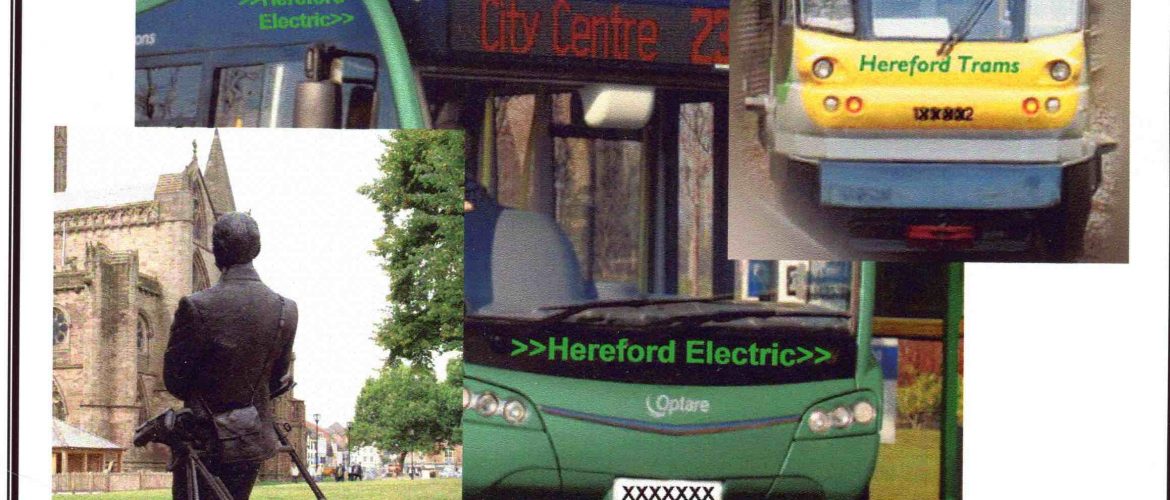From Herefordshire Sustainable Transport Group
An algorithm is defined as ‘the list of instructions and rules that a computer needs to do to complete a task’. The Cambridge English dictionary also gives the meaning as ‘a set of mathematical instructions that must be followed in a fixed order, and that, especially if given to a computer’. So who sets the instructions and rules? It is the rule maker that is in charge. For example, if the rule maker decides a new road is wanted (not needed) then the instructions and rules (the parameters) are fed into the computer. The algorithm becomes diseased in favour of the road. This then tells the policy makers what they wanted to know, not what they needed to know.
The classic case of diseased algorithms can be observed in the Department for Transport WebTAG and Benefit-Cost ratio techniques which are not able to handle radical transformations in the transport planning and the transport system. That is because the instructions and rules have not been changed to take due accord of climate change, emissions and embodied emissions, air quality, the environment and the need to reduce travel.
Until such a change in algorithm instructions and rules takes place the government’s approach to climate change is a mockery. What is just as worrying is that the traditional transport modelling techniques using outdated instructions and rules are still inherently biased towards inputting ever more transport and economic investment into the already wealthy regions of Britain, and Herefordshire is far from wealthy.
The algorithm used to justify a western bypass for Hereford was fundamentally flawed, because the instructions and rules were designed to give the then Herefordshire Council what they wanted to hear…..Hereford needs a western bypass. Environment, emissions, climate change, the need to reduce travel by car were not built into the algorithm. It was a brave move by a new incoming Council when it was decided to abandon the western bypass and move towards more sustainable transport solutions. A new transport strategy assessment was commissioned.
Unfortunately, the consultants who undertook the modelling for the western bypass were recommissioned to undertake the new transport strategy assessment. The same basic travel data was used but no attempt made to change the instructions and rules that the algorithm follows. The consultants used the same DfT model referred to as WebTAG. The result was predictable, a rather muted mixture of active travel and bus services and a move of new road building to the east of the city. The need for a comprehensive public transport strategy appears to have been overlooked whilst new innovative public transport schemes such as ultra light rail were dismissed without study. A parking policy aimed at making public transport more attractive than the car received scant attention. The first attempt at more comprehensive active travel measures appears to have ended in some confusion.
However, we live in hope that further work by Herefordshire Council such as the updated Local Transport Plan will emerge with bold strategies for bus priority throughout the city, low or free fare electric buses for all, a strong parking control and pricing policy and a safe active travel network for the city. It would be fantastic if the £300m or so for the western bypass was given over to the new strategy which hopefully, as Cabinet Member John Harrington stated will ’provide the opportunity to not only respond effectively to the climate emergency but deliver transport improvements in a much faster timeframe’. The DfT rules and its diseased algorithms will not allow that!
HSTG contacts: ghal@btinternet.com or protheroughcarole32@gmail.com



No comments yet.